On January 10, IFI released its annual Top 50 Patent rankings for 2011. This report is a summary of information available through IFI’s Patent Information & Technology Report (PITR) product. PITR provides high level summaries of patent trends for the companies receiving the most US patents over the last 10 years. Over 3,500 companies are covered. You might be surprised at how deep the data in PITR goes. You can drill down to actual patent numbers by US or IPC patent class. But what if you want to drill down further than that? IFI’s KMX patent analytics solution can expose the subject matter of the patents, and allow you to apply your own classification scheme to them.
PITR is a web-based, interactive reporting system. It presents information in tabular form, as shown in Figure 1. The data can easily be transferred into Microsoft Excel, or any other reporting system.
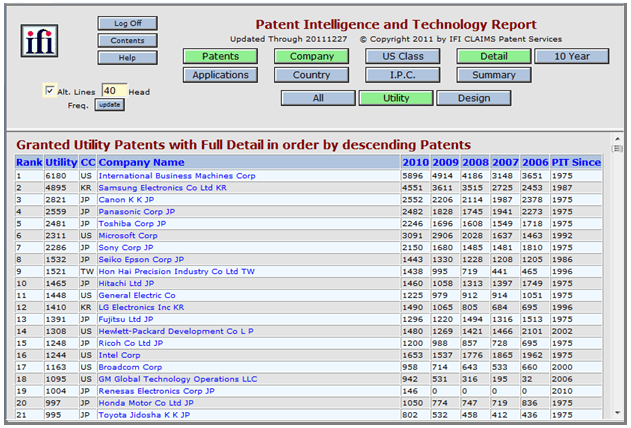
Figure 1. PITR is an interactive patent trend reporting system.
For example, Figure 2 shows the number of utility patents granted to Apple Computer since 2007. The growth trend is clear.
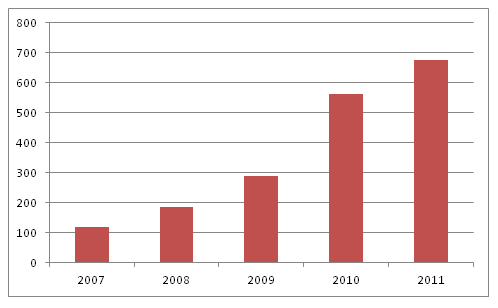
Figure 2. Apple Computer is receiving a growing number of utility patents.
In addition to basic counts, PITR also allows me to drill into Apple’s patents using either the US Patent Class, or International Patent Classification (IPC). Figure 3 shows Apple’s 2011 Utility patents by IPC Section Code.
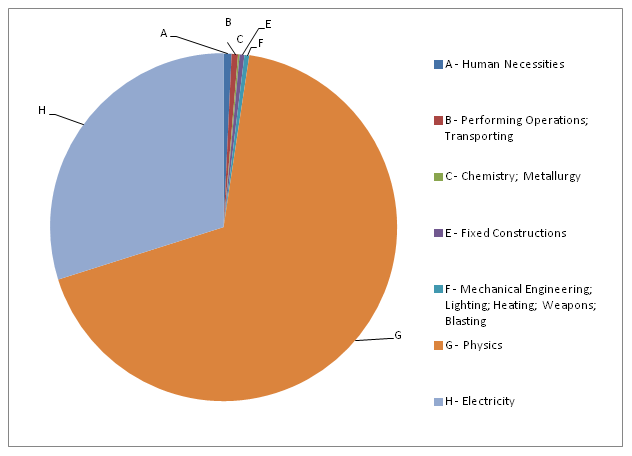
Figure 3. Most of Apples 2011 US Utility Patent Grants are in IPC Section “H” (Physics) and “G” (Physics).
PITR allows me to drill even deeper. Figure 4 shows Apple’s patent counts within IPC Section G.
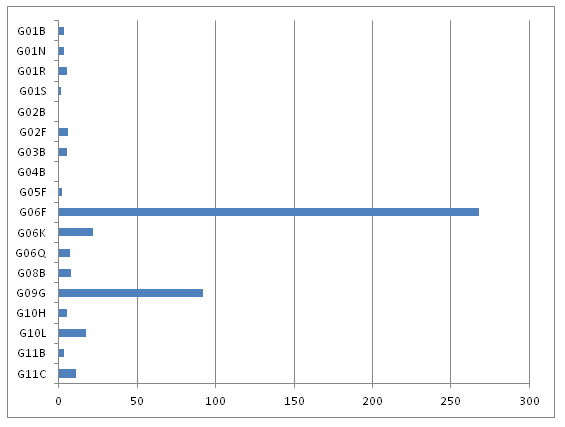
Figure 4. Within IPC Section G, most of Apple’s patents are in subclasses G09G and G06F.
The IPC code definitions for the dominant G09G and G06F subclasses are as follows:
| Section | Class | Subclass | Definition |
|---|---|---|---|
| G | Physics | ||
| G | G06 | Computing; Calculating; Counting | |
| G | G06 | G06F | Electronic Digital Data Processing |
| G | G09 | Educating; Crytography; Display; Advertising; Seals | |
| G | G09 | G09G |
Arrangements or Circuits for Control of Indicating Devices using Static Means to Present Variable Information |
Finally, PITR allows me to drill down to the actual patent numbers.
So, this is a lot of information. But is it useful to you? Certainly, for establishing trends and comparing companies against one another, PITR is a great first step. But, what do Apple’s 2011 patents actually cover? If the IPC classification system is not adequate for your analysis purposes, is there a way to easily reclassify Apple’s patents based on your own classification system?
To go to the next level, you need a patent analytics system like KMX on CLAIMS DIRECT. KMX allows you to search IFI’s global patent database to create a dataset of documents. It allows you to cluster and visualize the contents of the dataset based on the textual content of the patents, and it allows you to classify and visualize the documents in an interactive landscape view.
Figure 5 shows a KMX landscape visualization of Apple’s 2011 patents. The KMX clusters, interactive display and classification system give you deep insight into the documents – more insight than you can get simply by looking at document counts.
We will look at Apple’s 2011 patents in more depth using KMX in an upcoming blog post, and in an upcoming IFI CLAIMS webinar.
Please contact us if you have any questions or comments.
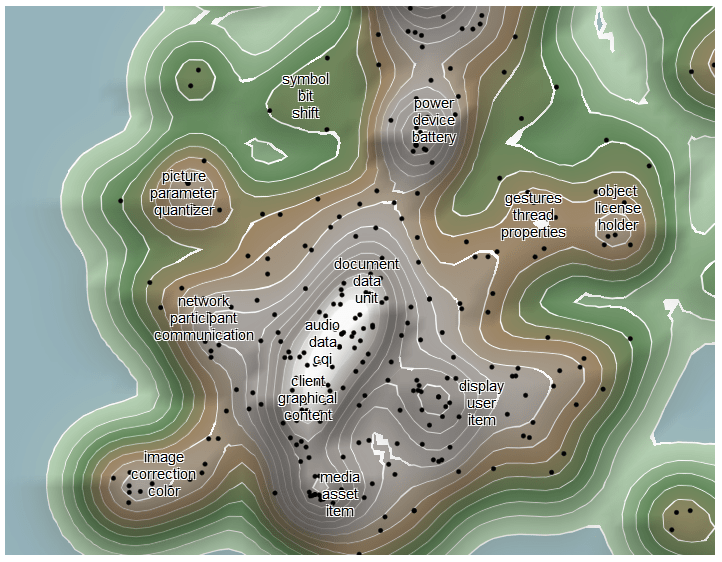
Figure 5. Apple’s 2011 Utility Patents viewed through KMX on Claims Direct.